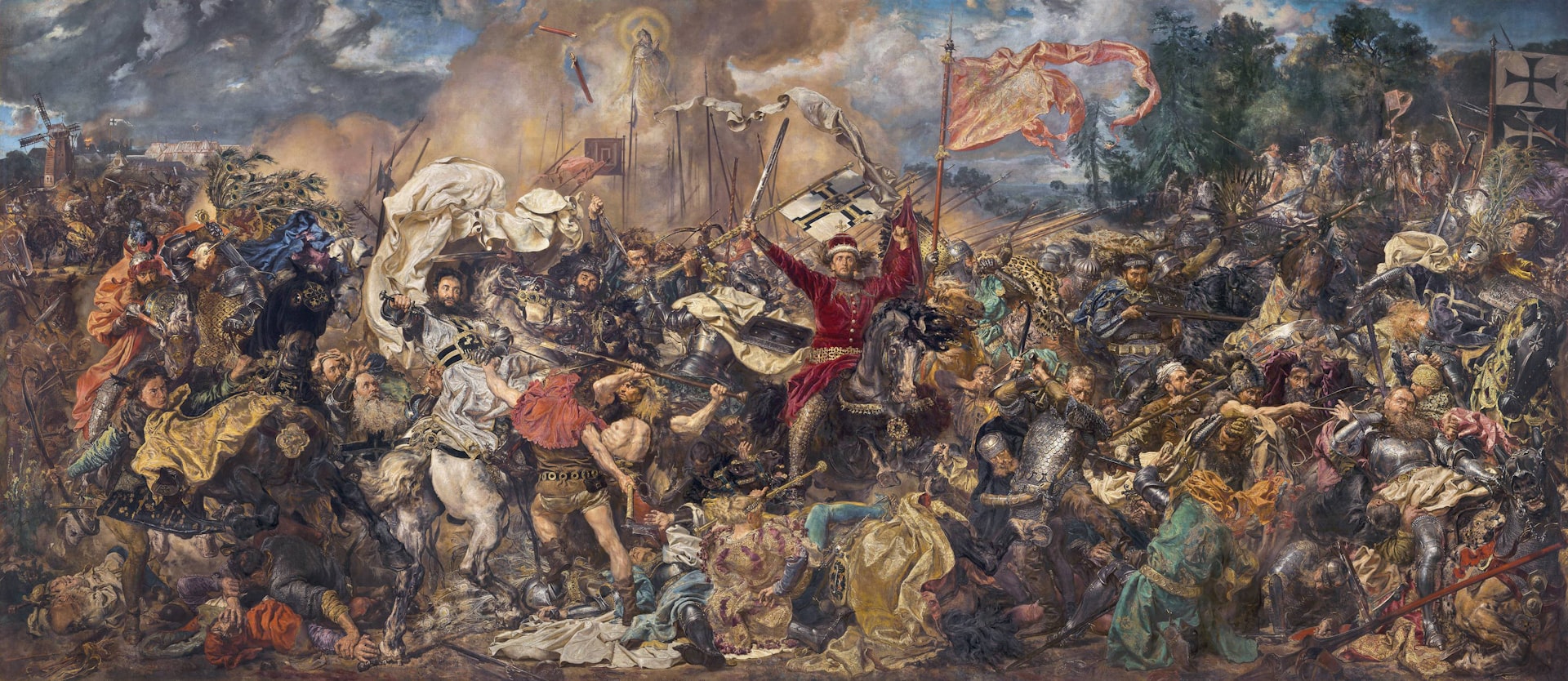Redefining Runways: The Future of Inclusive Fashion Weeks

Photo by Aliya Amangeldi on Unsplash
The Transformation of Fashion Weeks: A New Era of Inclusion
Fashion weeks have long been the pinnacle of style and innovation, but until recently, access and participation were largely limited to industry insiders. The future of fashion weeks is rapidly evolving, prioritizing inclusivity, global access, and technological integration that allow a more diverse spectrum of designers, models, and audiences to participate and influence the industry.
Expanding Access through Hybrid and Virtual Formats
Traditional fashion weeks were known for their exclusivity, with limited seats and private venues. As we move forward, nearly every major event-New York, Paris, Milan, Lagos-now incorporates hybrid and virtual components . These digital platforms let anyone, from students in Nairobi to buyers in Seoul, stream shows live or explore designer lookbooks online. This shift democratizes fashion, breaking down barriers and fostering a collaborative community worldwide [2] .

Photo by Armen Aydinyan on Unsplash
If you’re interested in attending or viewing future fashion weeks:
- Follow major fashion week organizers on their verified social media channels for announcements about streaming and digital access.
- Check official websites for registration or ticketing instructions-most now offer virtual attendance options.
- For designers and brands, explore digital show platforms to submit your collection or collaborate with established events.
This model not only amplifies accessibility but also supports real-time engagement, allowing audiences to interact, comment, and even influence trends as they unfold.
Representation: Diversity on the Runway and Beyond
Modern fashion weeks are actively addressing representation by casting models from a wide range of backgrounds, body types, and gender identities. The movement towards gender-fluid and unisex designs is accelerating, with designers at events like New York and London Fashion Week challenging traditional binary norms through versatile silhouettes and neutral palettes [1] [3] .
Examples include:
- Size-inclusive collections by designers such as Karoline Vitto at London Fashion Week, redefining body positivity [4] .
- Unisex and gender-neutral lines showcased at Copenhagen Fashion Week, with an emphasis on inclusive sizing and silhouettes [5] .
For designers and brands seeking to be part of this movement:
- Develop collections that offer inclusive sizing and non-binary designs.
- Apply to participate in major or regional fashion weeks by submitting your portfolio and collection details through their official submission platforms.
- Engage with diversity-focused talent agencies and model collectives to ensure authentic representation in your shows.
Audiences and buyers can support diverse designers by following and purchasing from brands that actively promote inclusivity and transparency in their production and presentation.
Technology as an Enabler: From AR Runways to Digital Fashion
Technology is catalyzing inclusivity by making fashion weeks more interactive and boundaryless. Innovations such as augmented reality (AR) runway shows, 3D-printed garments, and digital-first collections are redefining how fashion is experienced and consumed. For example, Digital Fashion Week now features smart textiles and wearable technology, enabling limitless customization and broader participation [1] .
To participate in or benefit from these advancements:
- Designers can utilize 3D design tools and virtual prototyping to cut waste and speed up production [5] .
- Audiences can attend AR-powered runway shows by downloading official event apps or accessing virtual reality platforms promoted by event organizers.
- Fashion students and emerging creators can join digital showcases and competitions that are now open to global entrants.
These technologies not only improve reach and engagement but also support sustainability by reducing physical samples and show-related waste.
Sustainability and the Circular Fashion Movement
Future-focused fashion weeks are embracing eco-friendly materials, regenerative textiles, and circular production models in response to environmental concerns. Copenhagen Fashion Week, for example, is leading with collections made from agricultural waste, algae fibers, and digitally prototyped garments that minimize excess production [5] .
If you want to access or support sustainable fashion initiatives:
- Look for brands and designers highlighted in official fashion week sustainability showcases.
- Review event sustainability reports, often available on organizer websites, to understand the impact and goals of each season.
- Seek out educational webinars and workshops frequently hosted during fashion weeks on topics such as material innovation and ethical supply chains.
For designers, using PLM (Product Lifecycle Management) software and blockchain supply chain tools can help track fabric origins, manage certifications, and measure your environmental footprint.
Practical Steps for Engaging with Inclusive Fashion Weeks
Whether you are a designer, student, buyer, or fashion enthusiast, there are multiple pathways to engage with the future of inclusive fashion weeks:
- Identify the fashion weeks most relevant to your interests-major cities like New York, Paris, Milan, but also emerging centers like Lagos and Copenhagen.
- Register for digital access or streaming passes through the official fashion week websites or their verified event partners.
- For designers and brands, prepare digital portfolios and seek open calls for submissions on organizer platforms. Many events now hold public competitions for emerging talent.
- Engage with diversity-focused initiatives by volunteering, collaborating, or joining advocacy groups linked to the fashion industry.
- Follow sustainability guidelines and best practices promoted by leading fashion weeks to ensure your participation aligns with evolving industry standards.
If you need specific instructions or official contacts:
- Search for “how to participate in [City] Fashion Week” on the organizer’s official website.
- Contact the event’s public relations or media team (emails typically listed on official pages) for participation, press, or partnership inquiries.
- For sustainability and diversity resources, consult organizations like the Council of Fashion Designers of America (CFDA) or the British Fashion Council, both of which offer public educational materials and event listings.
If you are uncertain about how to access a particular service or opportunity, it is recommended to use official search terms and visit the fashion week’s verified online presence, as links and processes may change annually.
Challenges and Solutions: Making Inclusion Sustainable
Despite rapid progress, challenges remain. Not all regions have reliable digital infrastructure for streaming, and some aspiring designers may lack resources for technologically advanced showcases. To overcome these barriers:
- Many fashion weeks now offer scholarships, grants, or technical assistance for underrepresented designers and students. You can search for these opportunities on the event’s official website or by contacting the organizing committee directly.
- Collaborate with local cultural councils, arts organizations, or educational institutions that often partner with fashion week organizers to provide access and support.
- Participate in online forums and social media groups where past attendees and insiders share advice on navigating application and participation processes.
Ultimately, the future of fashion weeks depends on ongoing collaboration among designers, brands, audiences, and organizers. By embracing technology, prioritizing diversity, and committing to sustainability, the industry is moving toward a more inclusive and dynamic future.
References
- [1] The F Word (2025). The Ultimate Guide to Fashion Weeks 2025: What’s in Vogue.
- [2] Ayerhs Magazine (2025). The Future of Fashion Weeks: Virtual and Hybrid Formats in 2025.
- [3] The Cut Fashion Academy (2025). Fashion Trends 2025: What Will Be Hot in Fashion Design?
- [4] Meer (2024). Global Fashion Week Trends & Talents for 2024-2025.
- [5] Wave PLM Blog (2025). Highlights from Copenhagen Fashion Week 2025: Trends and Insights.



